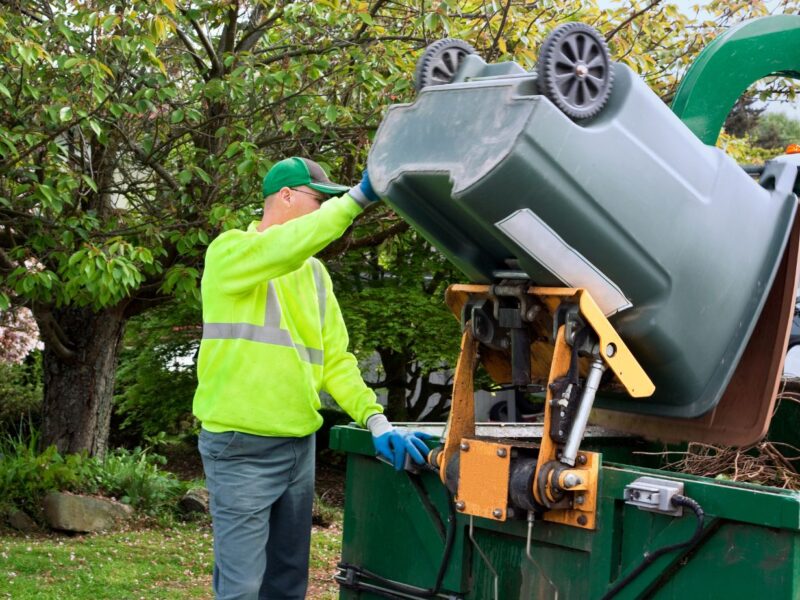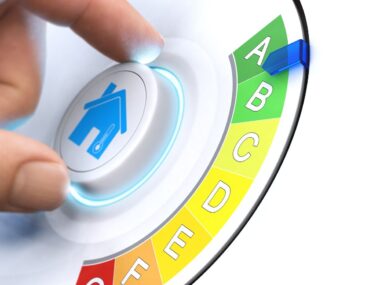Understanding Waste Removal
Waste removal refers to the process of collecting, transporting, and disposing of unwanted materials generated from households, businesses, and industries. It involves various stages, from waste collection to sorting, recycling, and disposal. The goal is to minimize the environmental impact and maximize resource recovery.
Types of Waste
To understand waste removal, it’s crucial to know the different types of waste:
- Household Waste: Includes food scraps, packaging, and everyday household items that are no longer needed.
- Industrial Waste: Waste generated from manufacturing processes, often including hazardous materials.
- Commercial Waste: Comes from offices, restaurants, and other businesses, including paper, plastics, and other disposables.
- Hazardous Waste: Includes items like batteries, chemicals, and electronic waste, which require special handling and disposal methods.
Methods of Waste Removal
There are various methods employed to remove and manage waste effectively. Each method has its own set of advantages and challenges, depending on the type of waste and the available resources.
Curbside Collection
Curbside collection is one of the most common methods for residential waste removal. Waste is collected from designated bins placed outside homes or businesses and taken to a processing facility. This method is convenient and ensures that waste is removed regularly.
Recycling and Resource Recovery
Recycling is a key part of waste removal that focuses on converting waste materials into reusable items.
This method not only reduces the volume of waste sent to landfills but also conserves natural resources. Commonly recycled materials include paper, plastics, glass, and metals.
Composting
Organic waste, such as food scraps and yard trimmings, can be composted to produce nutrient-rich soil. Composting is an environmentally friendly method that reduces the need for chemical fertilizers and diverts organic waste from landfills.
Landfill Disposal
Landfills are designated areas where non-recyclable waste is buried. While landfills are a necessary component of waste removal, they must be managed carefully to prevent environmental issues such as soil and water contamination.
Incineration
Incineration involves burning waste at high temperatures to reduce its volume. This method can be useful for managing hazardous waste and generating energy. However, incineration can also produce harmful emissions, so proper controls must be in place.
Benefits of Proper Waste Removal
Effective waste removal provides numerous benefits for both individuals and communities, contributing to a cleaner environment and a healthier society.
Environmental Protection
Proper waste removal helps prevent pollution by ensuring that harmful materials are handled appropriately. It reduces the risk of soil and water contamination, protecting local ecosystems and wildlife.
Resource Conservation
By recycling and reusing materials, waste removal conserves natural resources and reduces the need for raw material extraction. This contributes to the sustainability of valuable resources such as metals, timber, and fossil fuels.
Health and Safety
Poor waste management can lead to health hazards, including the spread of diseases and exposure to toxic substances.
Efficient waste removal keeps communities safe by minimizing these risks and ensuring a clean environment.
Challenges in Waste Removal
Despite the benefits, waste removal comes with its own set of challenges that need to be addressed to improve efficiency and effectiveness.
Increasing Waste Generation
With a growing population and increased consumption, the amount of waste generated is rising. This puts pressure on existing waste removal systems and requires innovative solutions to manage waste effectively.
Lack of Awareness
Many people are unaware of proper waste disposal practices, leading to contamination of recyclable materials and improper disposal of hazardous waste. Education and awareness campaigns are crucial to promoting responsible waste management.
Limited Infrastructure
In some areas, waste removal infrastructure is inadequate, making it difficult to handle waste efficiently. Investment in modern waste management facilities and technologies is essential to address this issue.
Practices for Waste Removal
To ensure effective waste removal, individuals and businesses can adopt several best practices that promote sustainability and reduce environmental impact.
Reduce, Reuse, Recycle
The three R’s are fundamental to waste management. Reducing the amount of waste generated, reusing items whenever possible, and recycling materials are effective ways to minimize waste.
Proper Segregation
Separating waste into different categories, such as recyclables, organic waste, and hazardous materials, makes the waste removal process more efficient. Proper segregation ensures that recyclable materials are not contaminated and that hazardous waste is handled safely.
Responsible Disposal of Hazardous Waste
Hazardous waste, such as chemicals, batteries, and electronic devices, should never be mixed with regular waste. These items require special handling to prevent environmental contamination and health risks.
Community Involvement
Communities play a vital role in effective waste removal. Participating in local clean-up events, supporting recycling initiatives, and educating others about waste management can make a significant difference.
Future of Waste Removal
As the world continues to evolve, so too must our approach to waste removal. Advances in technology and a growing focus on sustainability are shaping the future of waste management.
Smart Waste Management
Technology is playing an increasingly important role in waste removal. Smart waste management systems, which use sensors and data analytics, can optimize waste collection routes, reduce costs, and improve efficiency.
Circular Economy
The concept of a circular economy aims to eliminate waste by keeping materials in use for as long as possible. This approach involves designing products with recycling in mind and finding new uses for waste materials.
Government Policies and Regulations
Governments around the world are implementing policies and regulations to promote effective waste removal and reduce environmental impact. These include bans on single-use plastics, incentives for recycling, and stricter landfill regulations.
Conclusion
Waste removal is a critical component of modern society, helping to maintain a clean environment, conserve resources, and protect public health. By understanding the different methods of waste removal, recognizing the challenges, and adopting best practices, individuals and communities can contribute to a more sustainable future. Remember, effective waste management starts with each of us—reducing, reusing, and recycling can go a long way in ensuring a cleaner and healthier planet.








